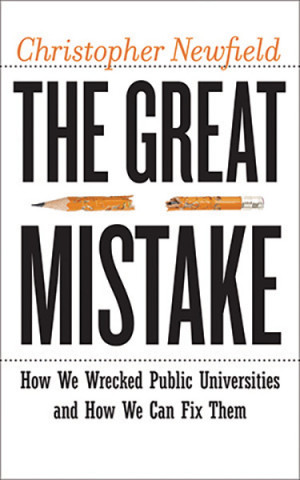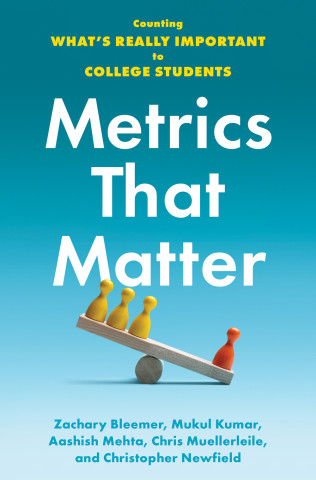The graphic below follows on those of two previous posts (one on UC's corrosive compromises, another on a better budget strategy.) It correlates declining state revenues with a general campus enrollment growth of 33% over the decade (from about 173,000 to about 230,000 students).
We are used to hearing that state funding has fallen 50% since 1990. When we correct for enrollment, we see that state funding fell by 44% in constant dollars just in the past decade. State funds have fallen almost 20% since Arnold Schwarzenegger's first budget in 2004-05, or 25% if the partial restoration in his May Revise does not survive the budget process. The chart shows that during the boom years of the middle part of the decade, the state budget kept UC's per-student state revenues flat.
Because state funds support sponsored research as well as instruction, state cuts pull money out of research. But the most immediate casualty is instruction, particularly for undergraduate students. For example, recent data from UC San Diego shows that the revenues supporting Academic Affairs are 85% comprised of student tuition and state funds. Cuts in state funds are only partially made up by tuition hikes (the 32% hike for 2008-10 netted a 2% restoration of core funds), so the result is reduced educational capacity -- at a moment when California faces an educational attainment emergency.
This situation is truly appalling. None of UC's announced proposals this year come close to addressing it. The UC Commission on the Future is meeting on Monday. Which of its recommendations address the problem in a concrete way?
In Dialogue or In Denial?
1 day ago





3 comments:
Chris, as we try to fight for a more equitable distribution of funding within the UC system, I think we need to look at the actual dollars that the UC is getting from the state and student fees. In actual dollars, UC got over $15,200 per student from the state and over $10,000 in student fees and tuition. I really don't understand why we use the special inflation index or constant dollar figure for state funding, but we do not apply it to all of the other revenue streams. I see this as an attempt to blame all of the UC's problems on the state.
I am confused by this whole strategy. Yes, I agree that state funding has not gone up with inflation, but the UC has diversified its revenue streams and has driven down the cost of instruction. It is clear that we will not see major increases in state funding, so why are you constantly putting the focus on the state? Until we change the 2/3rds rule on taxes, or we get rid of many Republicans, there is no way state funding for UC will go up very much.
Meanwhile, there are many things the UC can do internally to change its budgeting structure. They have already discussed reducing costs by $500 million and getting more grant indirect funds. We should be pushing for more equitable distribution of funding and compensation within the system.
During the current fiscal crisis, the compensation of the top earners went up, while everyone else went down. This is an internal problem.
Moreover, while the state cut the UC funding by $400-800 million over the last two years, the UC lost $23 billion in its investments, isn't this a bigger issue?
Bob--I am not sure that your criticism of talking about real dollars makes as much sense as you think. If the inflation index was used as you propose--which would be an interesting experiment--what it would show is that in real dollars the other revenue streams are not as large as everyone thinks they are. That might be a good political point but I am not sure it would lead where you think.
The reason for pressing on this issue, I think, is that unless we do get increased public support then UC is going to decline and the education it is offering is going to continue to decline. Acting as if UC has enough funding (which is actually what UCOP does) and just needs to make some changes at the edges and (or in UCOPs scenario needs to raise fees) is more of the same. People need to tell the public that their whole system of higher education is going down the drain because of the ways that Republicans are behaving. To say that UC needs more funds is not to say that there aren't ways to change the internal structure as well.
On the 23B as you know that is really about the Pension funds and should make UC faculty and staff furious. But in terms of funds for education (which is what these data are about) it is really a different issue--at least until UC starts siphoning off funds to make up for their investment mistakes.
If you are going to look at funding per student, you should do it on a campus-by-campus basis. UCOP is *far* from uniform in doling out the funds, and some campuses were starting with less funding than the campuses that are screaming loudest about the cuts.
If we're going to be more transparent about the flows of money, we need to look at the flows for each campus, and see how some campuses are now subsidizing the others.
Join the Conversation
Note: Firefox is occasionally incompatible with our comments section. We apologize for the inconvenience.